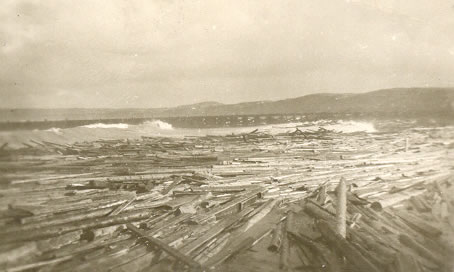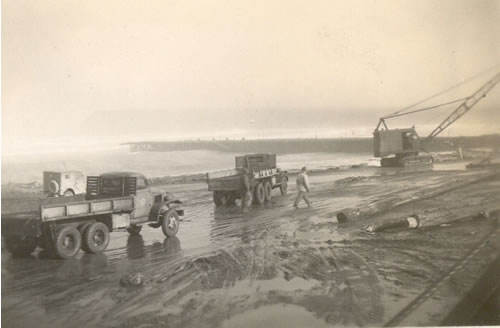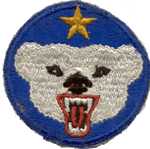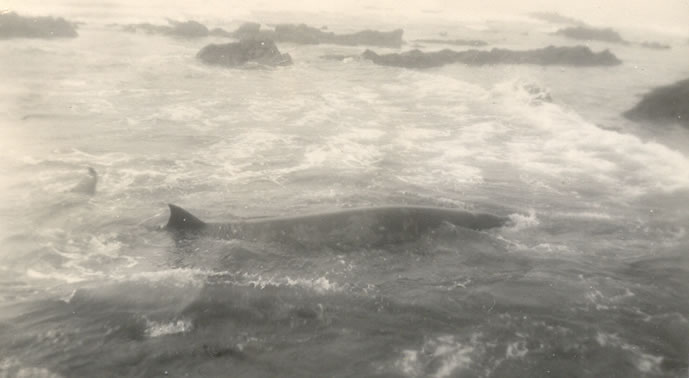World War II in the Aleutians - Shemya (APO 729)
January 26, 1943 to January 27, 1946
1. Recap of Army Facilities
Ft. Benjamine Harrison, Indiana
Ft. McClellan - Anniston, Alabama
Ft. Lawton - Seattle, Washington
4. Shemya
7. My Outfit
8. My Buddies
12. Potpourri
14. Coincidences
At the outbreak of WW II, the Japanese
invaded
South Pacific following the
half our Pacific fleet, they felt emboldened to establish bases in strategic
places. This included the Aleutian Islands of Attu and Kiska in June of 1942
as
well as important bases in the South Pacific.
We recaptured
of "43 and Kiska in August of "43. This began the long wait for a reinvasion
which never occured.
Forty miles S.E. of Attu ( the westernmost
Island in the
group of three tiny dots on a map called
the
the
was to be my home for 26 months.
Like most of the Islands leading west
of
and the
coming out of the ocean floor - consisting of volcanic ash and "tundra" - devoid
of shrubs and trees, windswept most of the time, with sparse vegetation and
having frequent earthquakes. There were sixty volcanoes along the chain,
a few of which were stll active.
Traces were found of the time when
There were gravesites, a few old shacks, and a few blue fox which were
raised on the
the seal population before we took possession.
There was no natural harbor, terrible "williwas" ie. unbelievable storms,
and at that time no aquifer for drinking water. If there were any native
Aleuts on the
evacuated Aleuts to the
Going West for 400 miles, one would run
into the
coming down from
if you wanted to visit the Japanese Naval Base - Paramashiro. This was
where damaged warships were repaired and where their submarines would
spy on us and tell "Tokyo Rose" what we had for dinner.
Travel books tell us that Kamchatka has
similar weather as the
well as over 100 volcanoes.

Dock destroyed during a storm.
Shemya was relatively flat, measuring 2 miles by 4 miles, and the Air Force
decided that it would make a great landing field for aircraft in trouble and for
more aggressive uses such as bombing

Dock being reconstructed after the storm.
Accordingly, it was occupied by approximately 2,000 personnel + or -
(along with yours truly), consisting of 200 - 300 civilian contracters,
30 Navy (weather) personnel, 100 Army Engineers, 400 Air Force
men, and about 1,200 Army G.I.'s, which included about six female
Army Nurses - - - who were safely protected from the likes of us.

Wally Nadel and his transportation.
There were a few scares of large enemy fleets coming our way, but
they were just zig-zagging to fool the U.S. Navy as to where their true
destination was to be.
With the exception of a few dozen graves caused by accidents, plane
problems, one suicide, etc., the rest of us are thankful that we returned
safely.
There was a TV special in mid-2006 about
the
Shemya. Although it is primarily military, it's occasionally used as a
refueling spot for some commercial flights going to the Orient.
Presently, it now has sophisticated radar, coupled with satellites, which
is an important part of our National Defence System.
At last report, the Army Commanding Officer in charge of the Shemya
installation is a female Colonel.

